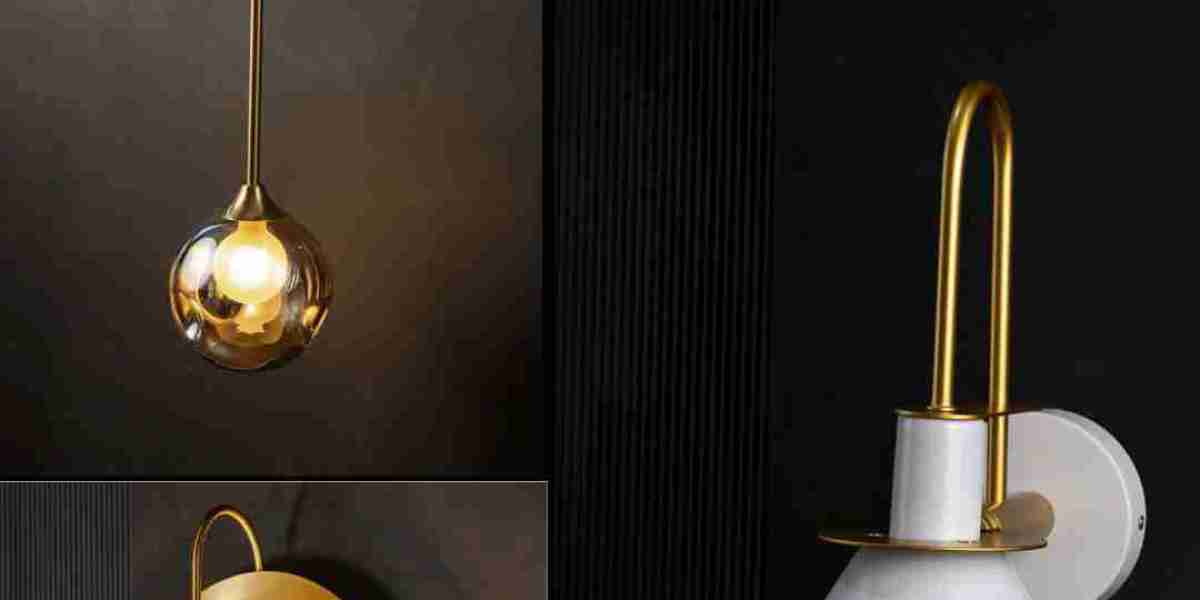Fire clay bricks have been a cornerstone of high-temperature industries for centuries. Known for their exceptional thermal resistance, durability, and versatility, fire clay bricks are widely used in various applications, including furnaces, kilns, fireplaces, and boilers. This article explores the unique properties, production process, applications, and advantages of fire clay bricks, emphasizing their significance in modern industries.
Composition and Properties
Fire clay bricks are primarily composed of clay minerals, particularly alumina (Al2O3) and silica (SiO2), along with other natural impurities such as iron oxide, lime, and magnesia. The proportion of alumina determines the brick's refractoriness—the ability to withstand high temperatures without melting or degrading. Generally, fire clay bricks contain 30% to 40% alumina, making them suitable for temperatures ranging from 1,000°C to 1,700°C.
Key properties of fire clay bricks include:
- High Refractoriness: Fire clay bricks maintain their structural integrity at elevated temperatures.
- Thermal Shock Resistance: They can withstand rapid temperature changes without cracking or deforming.
- Mechanical Strength: These bricks offer excellent compressive strength, making them durable under mechanical stress.
- Chemical Stability: Fire clay bricks resist chemical corrosion from slag, gases, and molten materials.
- Porosity: Controlled porosity ensures effective insulation and energy efficiency.
Production Process
The manufacturing process of fire clay bricks involves several stages:
1. Raw Material Selection: High-quality fire clay with the desired alumina and silica content is selected. Additional materials, such as grog (pre-fired clay), may be added to enhance specific properties.
2. Mixing and Shaping: The raw materials are mixed with water to form a malleable mass. The mixture is then shaped into bricks using molds or extrusion processes.
3. Drying: The shaped bricks are air-dried or oven-dried to remove moisture, ensuring they don’t crack during firing.
4. Firing: The dried bricks are fired in kilns at temperatures between 1,000°C and 1,400°C. This process vitrifies the bricks, enhancing their strength and thermal resistance.
5. Quality Inspection: Finished bricks are inspected for dimensional accuracy, strength, and refractoriness before being dispatched.
Applications
Fire clay bricks are indispensable in industries requiring high-temperature operations. Some of their primary applications include:
1. Metallurgical Industry: Used in blast furnaces, steel ladles, and reheating furnaces, fire clay bricks provide excellent thermal insulation and resistance to molten metals.
2. Glass Industry: Fire clay bricks line glass melting furnaces, offering resistance to high temperatures and chemical attacks from molten glass.
3. Cement Industry: Rotary kilns and clinker coolers in cement plants rely on fire clay bricks for their durability and heat resistance.
4. Power Plants: Fireplaces, boilers, and chimneys in thermal power plants use fire clay bricks for their insulating properties.
5. Residential and Commercial Construction: Fireplaces, pizza ovens, and barbeque pits often feature fire clay bricks due to their aesthetic appeal and heat retention.
Advantages
Fire clay bricks offer numerous advantages that make them a preferred choice for high-temperature applications:
- Cost-Effectiveness: Compared to other refractory materials, fire clay bricks are economical without compromising performance.
- Eco-Friendliness: Made from natural clay, these bricks have a lower environmental impact during production and disposal.
- Ease of Installation: Standardized shapes and sizes simplify construction and maintenance.
- Customization: Fire clay bricks can be tailored to meet specific industrial requirements, such as increased alumina content or reduced porosity.
- Long Service Life: Their durability ensures a prolonged operational lifespan, reducing maintenance and replacement costs.














